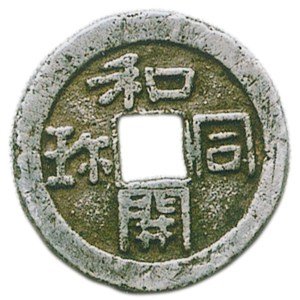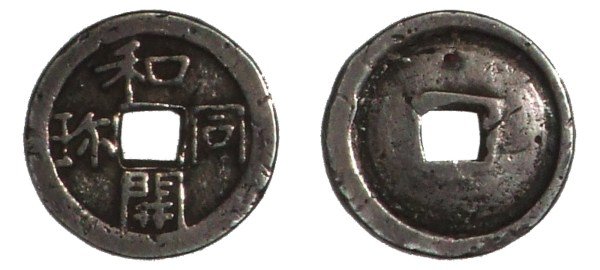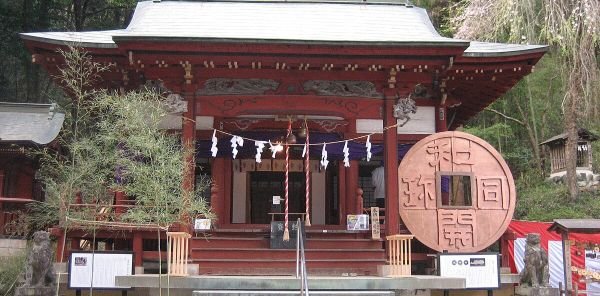Dive right into the heart of Japan’s numismatic heritage, and you’ll find the Wado Kaichin shimmering with tales of yore. Not just a coin but a slice of history, this ancient currency brings to light the economic and cultural vibrancy of early Japan.
This piece aims to whisk you away into the history, the intrinsic value, and the myriad designs of the Wado Kaichin, not to mention the quirks that make it a gem for those who love to collect and study history. Keep reading!
Wado Kaichin: A Trip Back in Time
Back in 708 AD, during the Nara period, Japan took a monumental step by minting the Wado Kaichin coins (和同開珎). Picture a time when Japan and the Chinese Tang dynasty were swapping more than just pleasantries – culture, economy, you name it.
This exchange sparked Japan’s ambition to have its own currency. “Wado Kaichin” comes from “Wado” (meaning Japanese copper) marking the era it was born in, and “Kaichin,” meaning currency.


These coins weren’t just metal pieces; they were the beginning of Japan’s journey with its own official currency, setting the stage for the monetary system to unfold.
Wadōkaichin Value and Current Price
Sure, you could talk numbers and markets when it comes to the Wado Kaichin’s value. But let’s not forget, its true worth lies in the stories it tells, the history it holds.
From a collector’s viewpoint, though, the stakes are high. Condition, rarity, historical weight – all play their parts in determining its market price.
- The price, as mentioned above, varies according to many factors, but we can buy this coin from 50 dollars to thousands of dollars. View on Ebay
Some of these coins could easily be worth a small fortune, fetching anything from a few hundred to a whopping several thousand dollars at auctions. As time marches on, their value only skyrockets, a testament to their scarcity and the magnetic pull of ancient currencies.
Different Japanese Wado Kaichin Designs
Simple yet speaking volumes, the design of the Wado Kaichin coins is a nod to the era’s cultural and spiritual ethos.
- On one side, “Wado Kaichin” announces its value and time.
- Flip it over, and you’re greeted with patterns that could be anything from geometric to symbolic, possibly even carrying spiritual or protective vibes.

These Japanese Wado Kaichin designs have seen a bit of variation over the years, making each coin a unique find, a collector’s delight.
Curiosities: Did You Know…?
There’s more to the Wado Kaichin than meets the eye. Its creation wasn’t just about having a standardized currency. It was about making a statement of sovereignty, of cultural identity. And it wasn’t all business either.
The minting process was steeped in rituals, hinting at a significance that went beyond the economic. There are tales of these coins being more than mere currency – of them holding protective powers. It’s this blend of the practical and the spiritual that paints a full picture of early Japanese society.
The birth of Japanese coins is found in the region of Chichibu, where there was a mine where coins were created. Nowadays you can visit the Hijiri shrine.

Wrapping Up
The Wado Kaichin coins are more than mere artifacts. They’re a window into the soul of early Japan, showcasing its economic, cultural, and spiritual fabric. These coins narrate the journey of a nation at the brink of tradition and change, offering a fascinating exploration for anyone drawn to numismatics, history, or the allure of Japanese culture.
As we delve deeper into the legends and tales of these ancient coins, we connect with the rich narrative of human civilization and the legacy left by our forebears.
If you want to see other interesting articles about ancient coins, click here.
You may be interested in:






